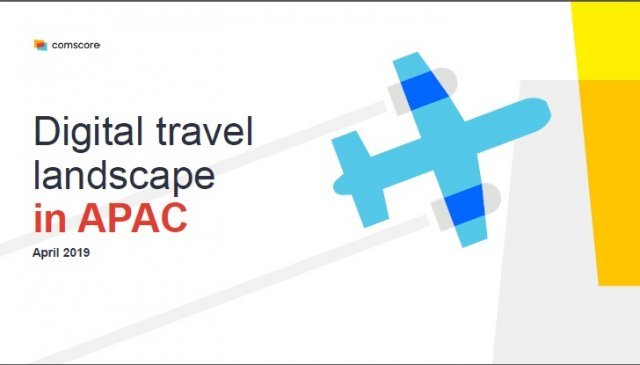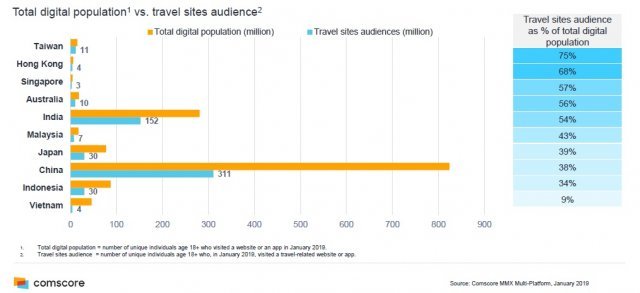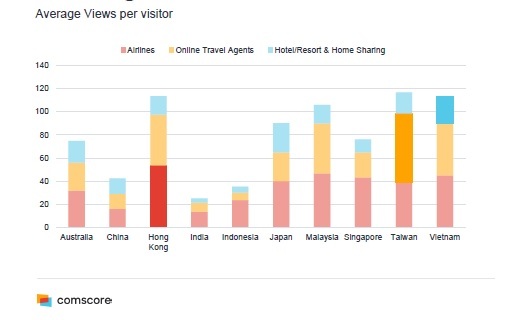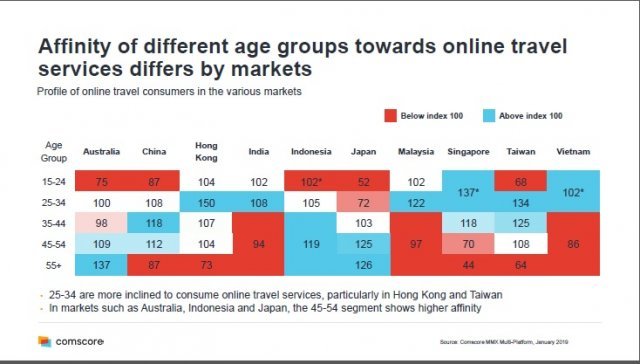 |
Visitors to travel sites in Vietnam account for 9 per cent of the total digital population - the lowest penetration rate in nine countries surveyed in the latest report from market researchers Comscore.
The Travel Digital Landscape in APAC report provides a snapshot of the digital travel landscape using visitor sizes, demographics, and behavior across all digital platforms to identify the trends and unique characteristics of the different Asia-Pacific (APAC) markets.
It was limited to visitors aged 18 and above in Australia, China, Hong Kong (China), India, Indonesia, Japan, Malaysia, Singapore, Taiwan (China), and Vietnam.
“While India and China have the highest number of users in APAC accessing travel websites, both markets still have room for growth,” the report noted.
Vietnam’s digital population stands at 44.4 million people, of which 4 million visited a travel-related website or app in January.
Penetration is highest in Taiwan (China), with 75 per cent, followed by Hong Kong (China) with 68 per cent, Singapore 57 per cent, and Australia 56 per cent.
 |
The most-frequently visited travel sites were airlines, online travel agents, and hotels/resorts and home sharing. Consumers in Taiwan (China), Hong Kong (China), and Vietnam visited these categories the most, with Taiwan (China) leading in visits to online travel agents, Vietnam in visits to hotels/resorts and home sharing, and Hong Kong (China) in visits to airlines.
 |
Consumers in different markets display different consumption patterns when using online travel agents.
In China, they visit such sites quite often but only for a short duration, indicating quick consumption of information or fast purchases. In Indonesia and India, however, both number of visits and time spent are relatively low.
 |
In terms of devices, Vietnamese consumers access travel sites through desktops (76 per cent), multi-platforms (13 per cent), and mobiles (11 per cent).
Consumers in Asia are leapfrogging the traditional technology curve by assessing travel services and information, through mobile devices rather than desktops. VIR
 Market researcher releases latest report on April 25, based on surveys in nine countries.
Market researcher releases latest report on April 25, based on surveys in nine countries.